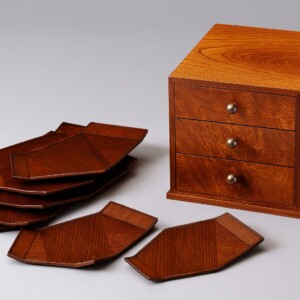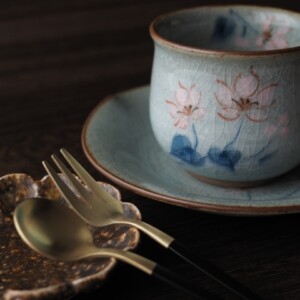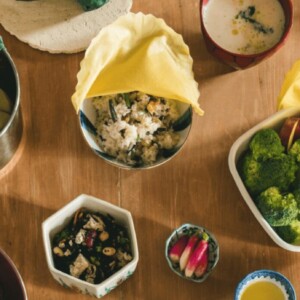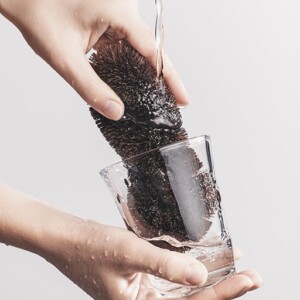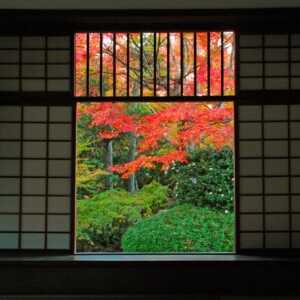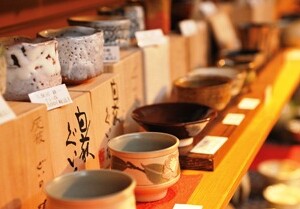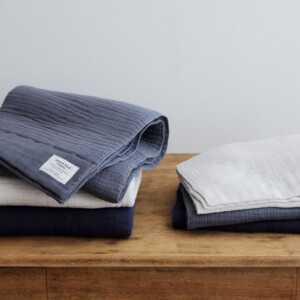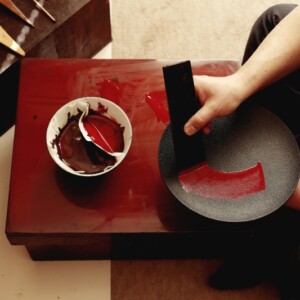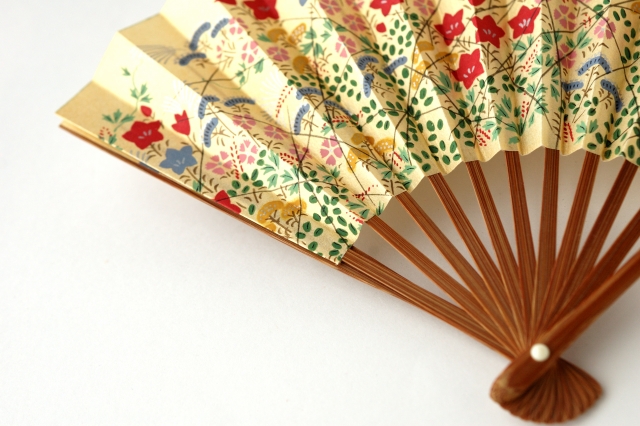
Explanation of the characteristics and history of Kyo-fusen! Let’s learn about the charm of this traditional craft!
Kyo-fusen is a traditional handicraft made mainly in Kyoto. Many people are captivated by the charm of Kyo-fusen, not only because of its delicate and elegant beauty, but also because it can be used as a practical product.
This article explains the characteristics and history of Kyo Sensu. We hope that you will not only learn about the charm of Kyo Sensu, but also become interested in other traditional Japanese crafts.
About 1,200 years of history of Kyo Sensu
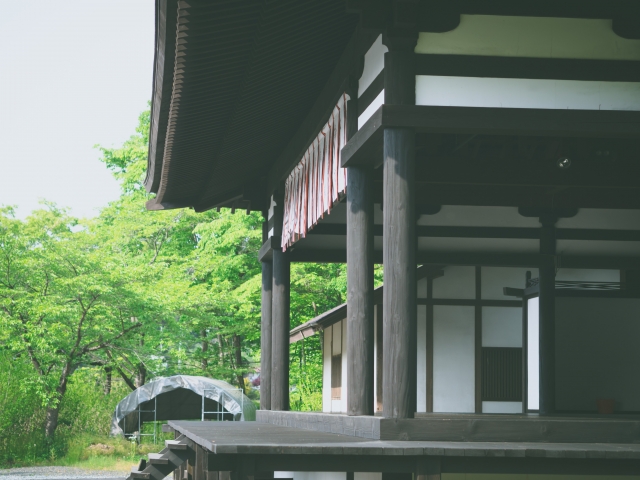
Let’s take a look at the 1,200-year history of Kyo-fusen.
Kyo-fusen was born in the early Heian period
It is said that Kyo-fusen originated in the early Heian period (794-1192) when a thin board called “Mokkan,” which was used as a substitute for writing utensils, was made into a fan shape.
The first fan was called a “hiwogi” (cypress fan) because it was made by layering thin cypress wood.
The oldest extant fan in Japan was found in the arm of a Buddhist statue at Todaiji Temple in Kyoto, dated to the first year of Genkei (877).
Reference source:Kyoto Senko Uchiwa Fan Commerce and Industry Cooperative Association
Usage increased from the mid-Heian period to the Muromachi period (1336-1573)
In the mid-Heian period, a fan named “Kahori fan” (meaning “bat fan” in Japanese) came into use because of its resemblance to an open fan that resembles a bat.
During the Heian period, it was often used as a gift to aristocrats and for ceremonial purposes by priests.
In the Muromachi period (1333-1573), “kamisen (paper fan)” emerged, made of bamboo and paper, and kyo-fans were created for different purposes such as Noh, kyogen, dance, tea ceremony, and incense ceremony.
Development from the Kamakura Period to the Present Day
Around the 13th century, Japanese Kyo-fans were exported to China.
After being imported to India and then to Europe, they were transformed into Western-style forms and imported back to Japan, where the “kinusen” (silk fan) was born.
Today, about 90% of the total production volume of fans is accounted for by Kyo-fans. There are a wide variety of fans, including cypress fans, bat-style fans, silk fans, tea ceremony fans, congratulatory fans, aristocratic fans, sandalwood fans, Noh fans, and dancing fans.
There are as many as 87 production processes for Kyo-fans, and they are still made by hand by craftsmen.
Characteristics of Kyo Sensu
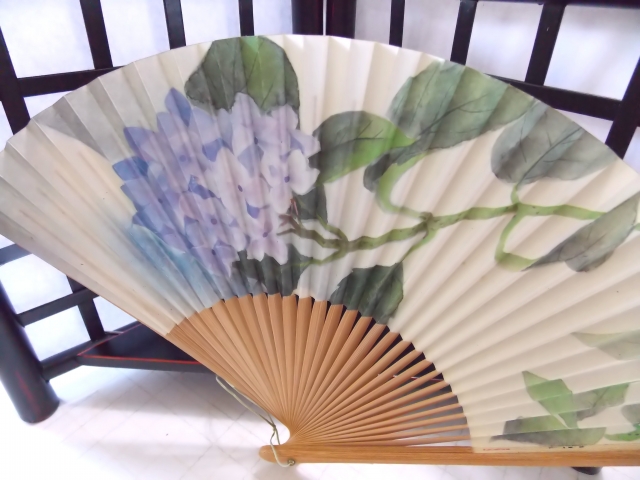
Kyo Sensu is a traditional craft that is not only delicate and graceful but also practical. Let’s take a look at the characteristics of Kyo-fusen.
Various “Beauties
Kyo Senshi are made by hand by craftsmen using carefully selected materials (bamboo and paper). There are various kinds of beauty in these small traditional handicrafts produced by their reliable handiwork.
First of all, they are beautiful to look at. The gorgeous patterns and beautiful colors of the various scenes depicted, such as flowers, birds, wind, moon, and landscapes, fascinate people who see them.
Not only the surface beauty, but also the texture made of high quality materials and the careful craftsmanship and texture are different from those of other fans.
Another beauty of these fans is their practicality, such as their compact size and the fact that they can be folded for easy carrying.
87 production processes by skilled craftsmen
Kyo-fusen folding fans are made by skilled craftsmen who divide the workload, which not only makes them artistically beautiful but also makes them comfortable in the user’s hand.
There are as many as 87 production processes, and each one is carefully made one by one. The five major processes are as follows.
|
One of the features of Kyo Senshi is that a specialized craftsman is in charge of each process, while Edo Senshi is handled by a single craftsman for all processes.
Various types of Kyo Senshi are sold, and the traditional colors and patterns are reproduced by craftsmen to express the unique characteristics of Kyo Senshi.
Various types are available.
Another feature of Kyo Sensu is that there are many different types. Here are some of the main types of Kyo Sensu.
- Summer fans that give a cool feeling
A summer fan is a fan that fans the wind and gives a cool feeling during the hot season. Although they are called summer fans, they can be used outside of summer as well.
A summer fan gives you a cool feeling and helps prevent heat stroke.
- Decorative fans are also popular as gifts.
Decorative fans are fans that are not intended for use, but for display in tokonoma (alcove) or at the entrance.
The designs on decorative fans have meanings such as prayers for good health and family prosperity. These fans are popular as gifts for celebrations and as gifts for good luck.
- Mai-fan used for dancing
As the name suggests, a mai-senshi is a fan used for dancing in general. It is slightly larger than a summer fan and is not used on a daily basis.
- Shimai-fan used in Noh plays
A shimai-fan is a fan used in Noh theater. Folding fans with flowers or pine trees written on a gold background look gorgeous and beautiful, and are sometimes used as decorations.
- Tea fans used at tea ceremonies
As the name suggests, tea fans are also used at tea ceremonies. When greeting someone at a tea ceremony, one sits on one’s knees with the tea fan closed, and places the fan on one’s lap.
Conclusion

Kyo-fusen has a history of about 1,200 years and is still used on many occasions today.
There are many types, including congratulatory fans, aristocratic fans, sandalwood fans, Noh fans, and dancing fans, and they are used in a variety of ways.
They are gorgeous and beautiful to look at, but they are also very practical.
I hope that as many people as possible will become familiar with the Kyo Sensu and become interested in traditional crafts.



